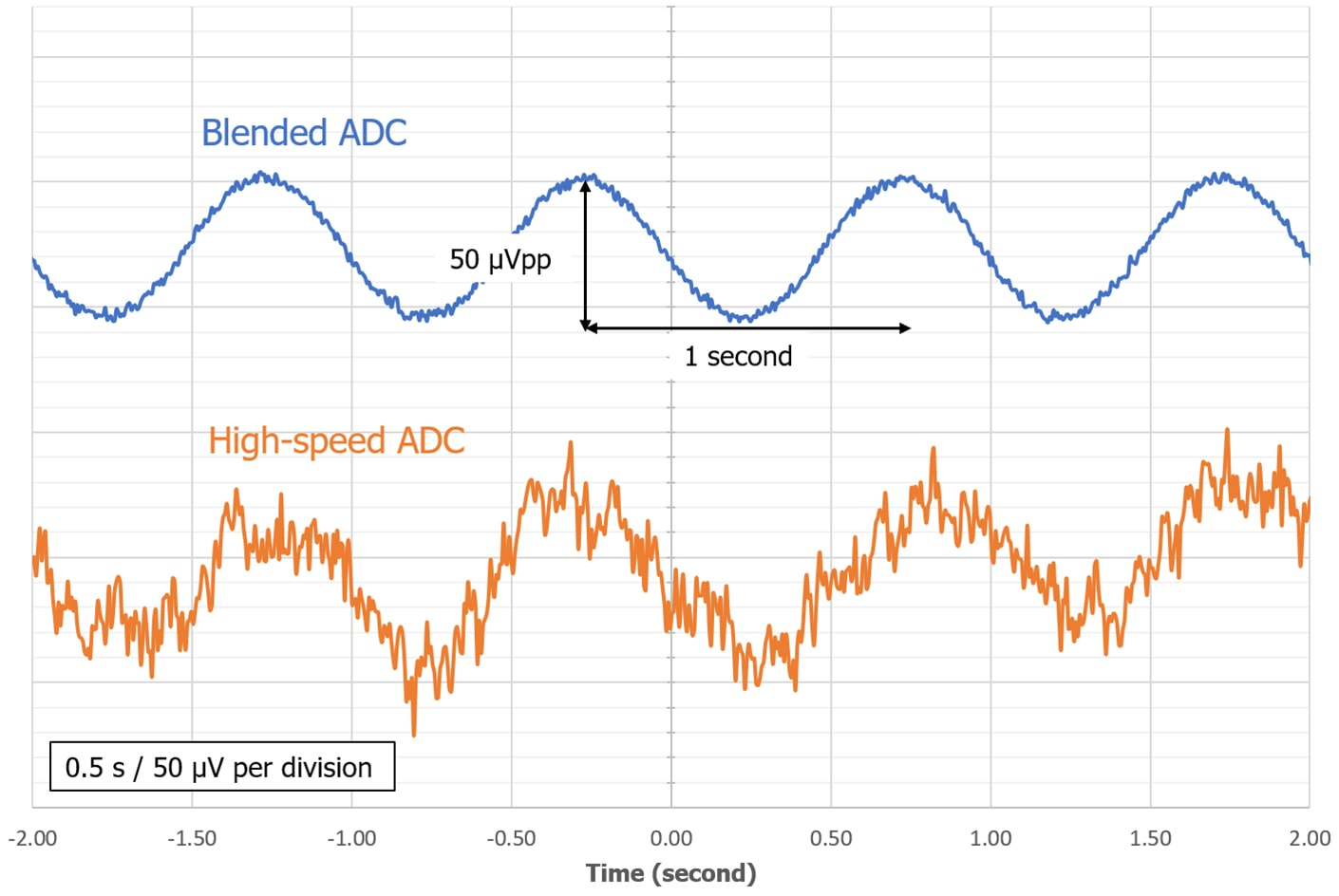Fans of a single, multifunction instrument that replaces a dozen benchtop instruments will be excited with the release from Liquid Instruments, the Moku:Pro.
A multi-function instrument combines the features of a bench top full of instruments, like a scope, a function generator, a frequency response analyzer, a spectrum analyzer, and even an impedance analyzer, all into one remote controlled instrument.
While there are a number of low-end multi-function instruments available, they are low bandwidth, typically under 50 MHz. This is great for hobby work and low-end electronics test and measurement, but their application space is limited.
Enter the Moku:Pro, shown in Figure 1. It has a bandwidth for its scope function of 600 MHz with a maximum digitizing rate of 5 GSps.

Figure 1. The Moku:Pro with iPad interface.
One of the unique features in the scope element that makes it so versatile is an automatic, dynamic optimization balancing sampling rate and ADC resolution.
Doug Phillips, VP of Marketing at Liquid Instruments, said, “We have one 5 GSa/s 10-bit ADC and one 10 MSa/s 18-bit ADC which are blended together to ensure that we are still getting the maximum ENOB at up to the full 5 GSa/s sampling rate. This is achieved through a digital crossover network of balanced low-pass and high-pass filters which implements real-time blending of the ADC data streams to achieve a single seamless data stream with optimal signal-to-noise ratio across all Fourier frequencies.”
This makes the scope feature of the Moku:Pro both a high bandwidth scope and a low noise data acquisition system. An example of the reduced noise and higher resolution of this approach in being able to measure very low voltage level signals is shown in Figure 2.

Figure 2: impact of the much lower noise using the blended ADC inputs.
The combination of a 500 MHz bandwidth function generator operating up to and 1.25 GSps means producing Bode plots with a frequency range up to 300 MHz.
This is an example of a software defined instrument. The combination of a 4-channel high performance scope as a data acquisition instrument and 4-channels of analog output means that with software, this unit can be configured into more than nine specific function instruments. And, as software is developed, more functions can be created with the existing hardware. The current lineup of software defined instruments included in the latest software release include:
- A scope
- A data logger
- A lock in amplifier
- A PID controller
- A phasemeter
- A waveform generator
- An AWG
- A spectrum analyzer
- A frequency response analyzer
Communication to the instrument is by USB, ethernet, and WiFi. This means it can receive over the air updates for firmware and new instrument configurations. The controller for the instruments is an iPad. The already configured applications run on iPadOS. All the instrument functions can be fully automated using MATLAB, or Python scripts.
For more information on Moku:Pro, visit: liquidinstruments.com.


